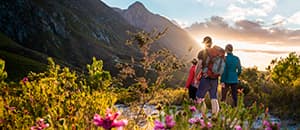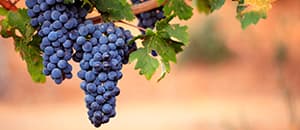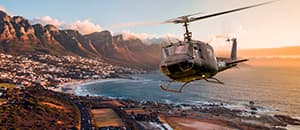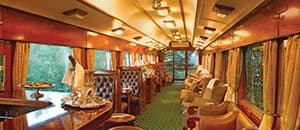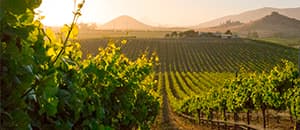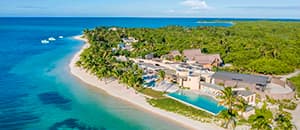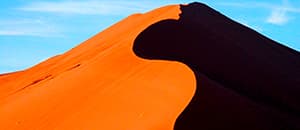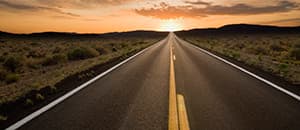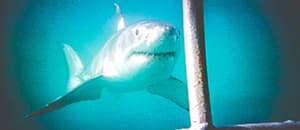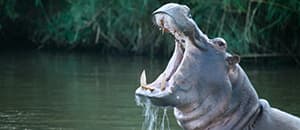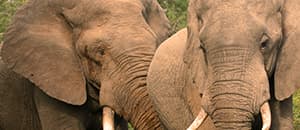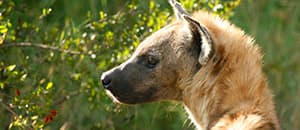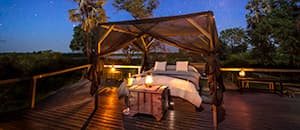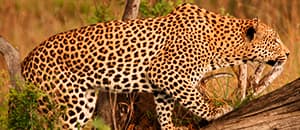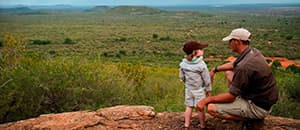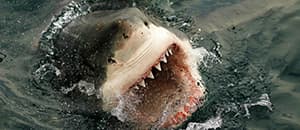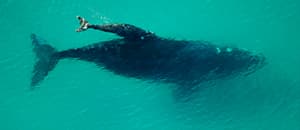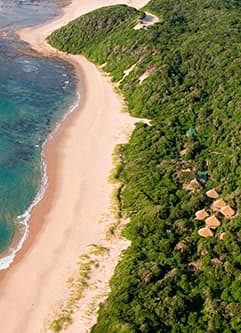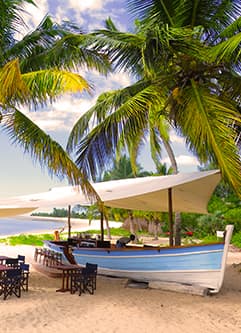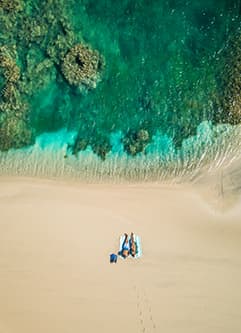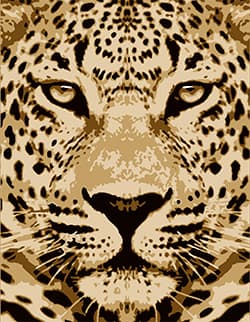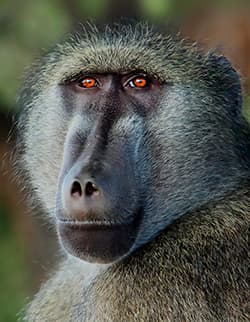Upplev Sydafrika can confidently guide you to the ultimate safari experience possible. We take pride in visiting every lodge we sell – hence we have site knowledge like none or few others. Click the destinations in the map and find out more
Upplev Sydafrika can confidently guide you to the ultimate safari experience possible. We take pride in visiting every lodge we sell – hence we have site knowledge like none or few others. Click the destinations in the map and find out more
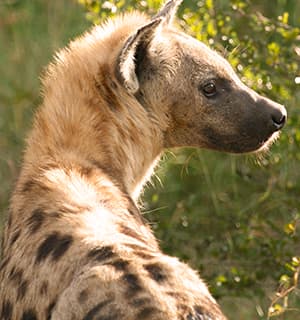
Madikwe is South Africa’s fifth largest game reserve (malaria free) and is located in northwestern South Africa, about 4–5 hours by car / transfer northwest from Johannesburg. Madikwe Game Reserve is located right on the border to Botswana. You can self-drive, book a transfer or fly directly from Johannesburg or Gabarone to the reserve. Most lodges in Madikwe are five star and the safari is of a very high standard.
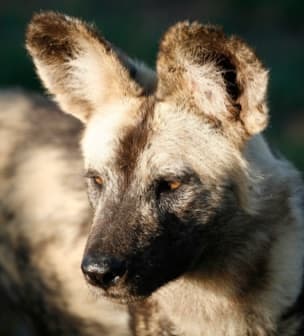
In the province of KwaZulu-Natal, eastern part of South Africa, there are several spectacular safari options. As the area is warmer with a tropical climate, it is perfectly possible to combine a safari in KwaZulu-Natal with a paradise beach destination nearby. Suggest flying to to Durban and drive to one of the safari lodges or book a transfer. It is also possible to fly directly to some of the safari lodges from Durban.
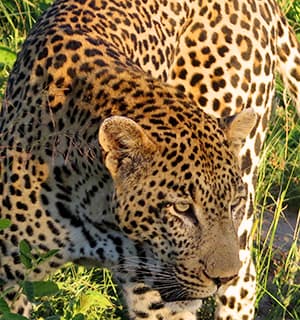
Experience an unforgettable safari in Greater Kruger, the largest national park and one of the world’s richest in animals, located in northeastern South Africa. Depending on whether you want to start or end your trip with a safari, the international flight, as well as domestic flights, is then booked from Cape Town to Johannesburg or directly to one of the airports located close to the Greater Kruger, or vice versa if you choose to start with a safari. In Greater Kruger, there are many lodges in different price ranges that offer fantastic safari experiences.
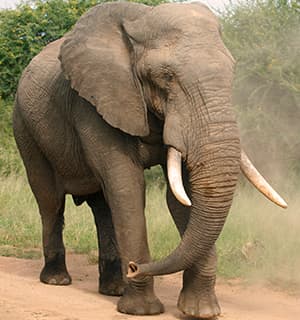
In the area around Gqeberha (Port Elizabeth), in the Eastern Cape Province there are many private game reserves that offer safari experiences at a high standard (malaria free). From Cape Town you can drive, or fly to Gqeberha (Port Elizabeth) or drive one way / fly back (Cape Town – Gqeberha (Port Elizabeth) 748 km, plus another 150 km to the nearest game reserve).

If it is your fist safari experience, or if you do not have the opportunity to travel around and have less time to spend on your trip, you can choose to book a safari near Cape Town or along the Garden Route. There are a few lodges to choose from in different price ranges. Book a day safari or spend one or two nights, depending on how interested you are in game viewing. This area is malaria free.
SAFARI HIGHLIGHTS
Be captivated by the mighty Big 5, i.e. rhino, leopard, lion, elephant, buffalo
Enjoy world-class wine cellars after a day among elephants and lions
Join a walking safari in the fabulously beautiful animal-dense Greater Kruger National Park
Try to imagine the most exciting safari experience, with elephants, rhinos, wild dogs and lions among others, in one of the private nature reserves in the Western Cape, KwaZulu-Natal, Madikwe Game Reserve, Eastern Cape or in the world’s oldest and largest game reserve, Greater Kruger National Park. Where you, if you are lucky, will see the mighty Big 5, i.e. rhino, leopard, lion, elephant, buffalo, but also a lot of other exciting animals such as the agile cheetahs, towering giraffes, lazing hippos, zebras, crocodiles, antelopes.
Upplev Sydafrika assist with bookings for the most spectacular safari experience in the Western Cape, Eastern Cape, Madikwe Game Reserve – all three malaria-free areas, Greater Kruger National Park (South Africa’s largest national park) and in the pleasant sun basking area near KwaZulu-Natal.
Which safari should you choose?
Upplev Sydafrika recommend a safari in a private park / reserve, with accommodation at a private lodge and where the price is usually all inclusive, which includes all food (3 meals a day) and 2 guided game drives per day. In the private reserves, you are allowed to drive in more inaccessible terrain off road together with skilled guides and trackers, which makes it easier to spot the animals in its natural environment and get very close to the animals.
A typical 2 nights / 3 days safari itinerary
Day 1 – Arriving the lodge.
Arrive at the lodge in time for check-in, which is usually at 2 pm (if lunch is included, arrive earlier in time for lunch). After check-in, in the afternoon it’s time for “high tea” and some snacks before the afternoon game drive, which last about 3 hours. The game drive takes place in a 4X4 landrover together with a knowledgeable guide (ranger) and usually a tracker. In the private reserves, the guides are allowed to drive off road, which makes it easier to get closer to the animals. Before the sunset, there is usually a stop for sundowner and an opportunity to stretch your legs. Back to the lodge for refreshments followed by dinner before bedtime.
Day 2-3 – Safari.
Early morning wake up call, before the sun rise. Coffee / tea etc. before morning game drive, about 3 hours. Breakfast has to wait until after the game drive, but a coffee stop and a leg stretch is included during the game drive. Back to the lodge for breakfast. Then free time and opportunity to rest, visit the spa, relax by the pool etc. After a lunch, own time for eg reading / rest etc. unitl it is time for “high tea” and the procedure is repeated from the previous day with exciting game drives and dinner. At some lodges they offer bush walks / walking safari. Check-out time is usually after breakfast, the last day of your stay.
Drawing of a typical safari day:
The Best Time To Visit. Overview:
This means:
MAY TO SEPTEMBER (Dry Season)
- Wildlife gathers around waterholes and vegetation thins out making viewing much easier
- It is low season, except for the school holidays, and the camps and roads are less busy
- Sunny skies and no rain
- Mild daytime temperatures and low humidity
- Very low risk of malaria
THE DRAWBACKS TO CONSIDER: - It is very dry and dirt roads become dusty
- Early morning game drives in open vehicles are cold; warm clothing is required
OCTOBER TO APRIL (Wet Season)
- The scenery is green and lush
- There are many baby animals, and wildlife is in good condition
- Birding is excellent, and the migratory birds are present
THE DRAWBACKS TO CONSIDER: - Wildlife viewing is not as good as during the dry season
- It is high season, and the main camps get busy
- Hot and humid in the middle of the day
- It is advisable to consult with a doctor regarding antimalarial medication
This means:
MAY TO SEPTEMBER (Dry Season)
- The best time for wildlife viewing
- It hardly rain and skies are clear
- It is low season, and there are few tourists around
THE DRAWBACKS TO CONSIDER: - Warm clothing is essential for evening and early morning activities
- The sky can be hazy with a lot of dust in the air
OCTOBER TO APRIL (Wet Season)
- Lush landscapes and scenery
- There is a chance to see newborn animals
- The migrating bird species are present
DRAWBACKS TO CONSIDER: - Wildlife viewing is good, but the dry season is better
- It is high season and the reserve is busier – especially during school holidays
- The heat can become unbearable
This means:
MAY TO SEPTEMBER (Dry Season)
- Animals are easily spotted as they gather at water sources and the vegetation thins
- Most days are sunny and clear
DRAWBACKS TO CONSIDER: - Morning game drives in open vehicles are very cold
- Dust and haze is prevalent
OCTOBER TO APRIL (Wet Season)
- Abundant foliage and lush landscapes
- Baby animals can be seen
- Migratory birds make for prime birding
DRAWBACKS TO CONSIDER: - Animals are easier to spot during the dry months
- It is very hot and humid
- Off-road driving may be limited after heavy rain
This means:
MAY TO SEPTEMBER (Dry Season)
- Wildlife gathers around waterholes as there is less water in the bush
- It is low season, except for the school holidays, and the camps and roads will be less busy
- Sunny skies
THE DRAWBACKS TO CONSIDER: - Early morning game drives and night drives in open vehicles are cold
OCTOBER TO APRIL (Wet Season)
- Wildlife viewing is good throughout the year
- There are many newborn animals
- The vegetation is greener, and spring flowers transform the park
- Birding is excellent, and the migratory birds are present
DRAWBACKS TO CONSIDER: - Elephants might disperse after rain
- It is high season, and the park gets busy
This means:
MAY TO SEPTEMBER (Dry Season)
- Great time for wildlife viewing
- Daytime temperatures are pleasant
- Spring flowers in August and September
DRAWBACKS TO CONSIDER: - Morning and night temperatures are cold and warm clothing is necessary
- The sky is hazy with a lot of dust in the air
OCTOBER TO APRIL (Wet Season)
- Beautiful landscapes with clear skies
- Newborn animals can be found
- Migrant birds are present
DRAWBACKS TO CONSIDER: - Daytime heat can be intolerable
“… what a great trip we had! Thanks a million for helping us book great accommodations, all dining recommendations and all the other recommendations for that matter. The three of us all agreed that this is the best trip we’ve done, “nothing was bad” as the son said yesterday. And the safari was the very best !!”
— THE ALM PARTY OCH DIGGLES

You can travel to South Africa all year round, but we recommend going September to May

Healthcare is good in South Africa. Even so we suggest obtaining a sound travel insurance before departure

As a EU and UK citizen, you will receive a 90-day tourist visa upon arrival in South Africa

To ponder before travelling:
The so-called “peak season” in December / January is very popular indeed and requires booking of accommodation, safaris, activities and restaurants well in advance.




